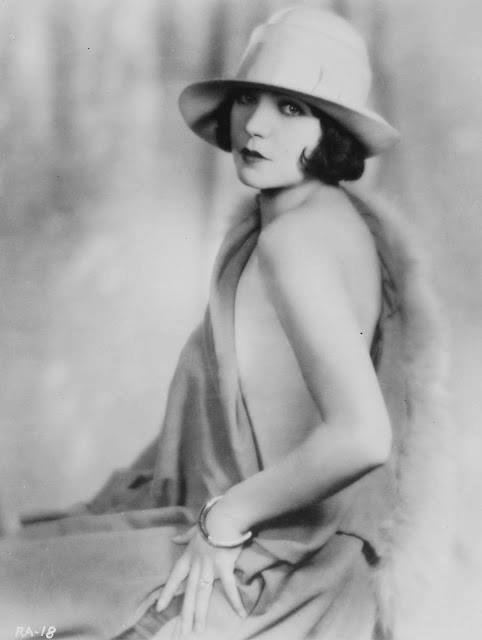Cause of death tuberculosis Role Actress Name Renee Adoree | Years active 1918–1930 Occupation Actress | |
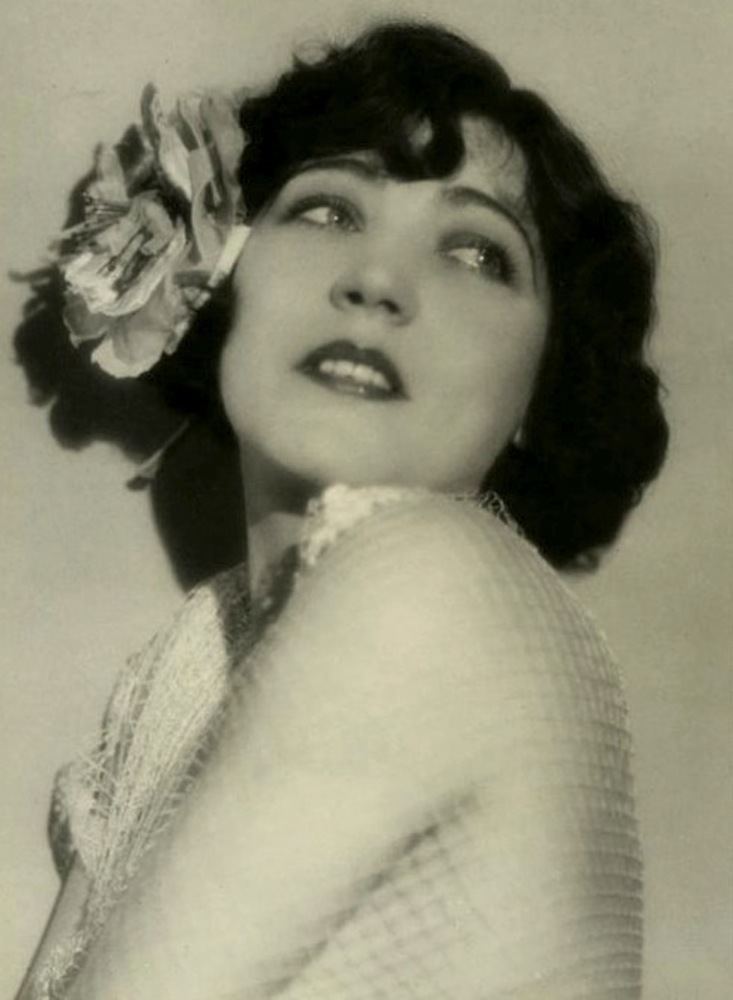 | ||
Full Name Jeanne de la Fonte Born September 30, 1898 ( 1898-09-30 ) Lille, Nord, France Died October 5, 1933, Tujunga, California, United States Marriage location Beverly Hills, California, United States Spouse Sherman Gill (m. 1927–1929), Tom Moore (m. 1921–1924) Movies The Big Parade, The Cossacks, La Boheme, The Pagan, Mr Wu Similar People King Vidor, Irving Thalberg, Louis B Mayer, Tod Browning, W S Van Dyke | ||
Renee Adoree biography
Renée Adorée (30 September 1898 – 5 October 1933) was a French actress who appeared in Hollywood silent movies during the 1920s.
Contents
- Renee Adoree biography
- Ren e ador e and family photos with friends and relatives
- Early life
- Career
- Illness and death
- References
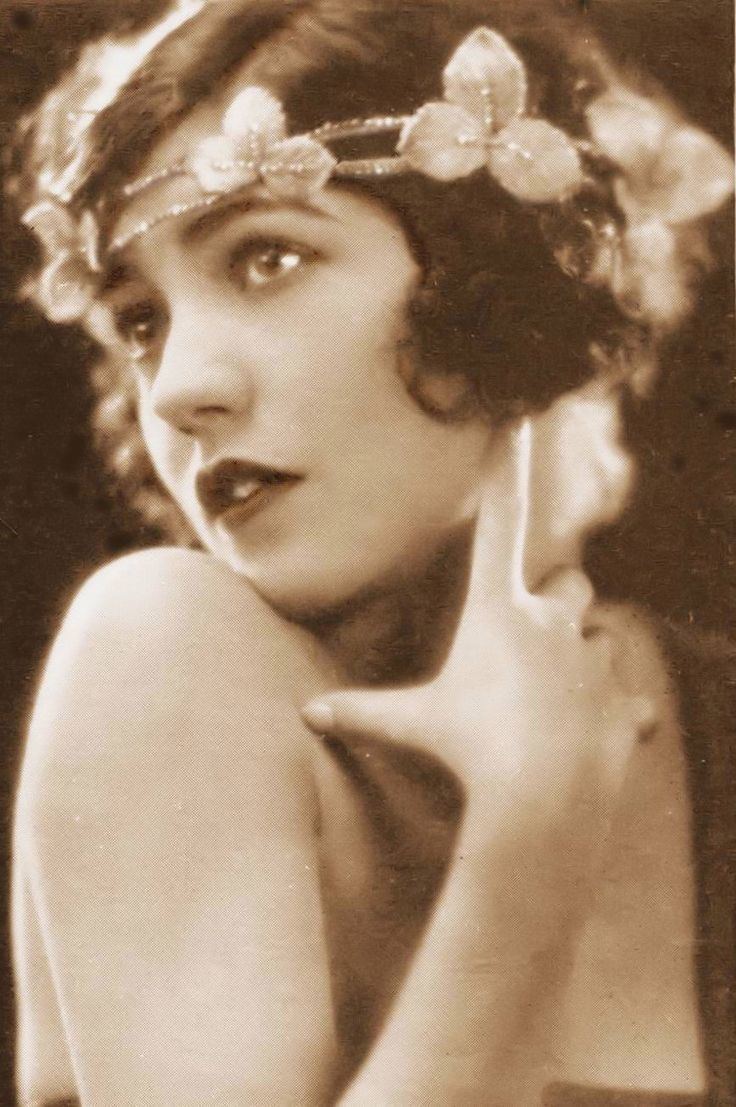
Ren e ador e and family photos with friends and relatives
Early life
Born Jeanne de la Fonte in Lille, she was the daughter of circus artists and by age five was performing with her parents. In her teens, she began acting in minor stage productions and toured Europe with her troupe. She was performing in Russia when World War I broke out and fled to London.
Career

Having made a reputation in England and Australia for her dancing skills, she went to New York City very early in 1919, where she was cast in a snappy vaudeville-style Shubert musical revue called Oh, Uncle which opened at the Garrick Theatre in Washington, D.C., in March 1919; by mid March it was being staged in Trenton, New Jersey, and subsequently toured through the summer. In July, it was renamed Oh, What a Girl! and opened at the Shubert Theatre in New York City. Over the next several months, she toured in another Shubert production, The Dancer. By January 1920, the opportunity arose for her to work in the motion picture business when she was cast in The Strongest, a dramatic photoplay written by France's celebrated Prime Minister, Georges Clemenceau.
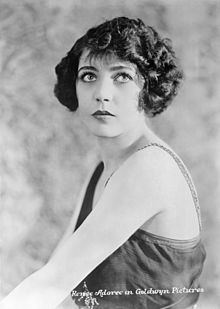
Before coming to America, she already had adopted the romantic stage name "Renée Adorée" (French for "reborn" and "adored," both in the feminine form), and was billed as such in an Australian film produced in 1918. While in New York City on New Year's Eve 1921 she met Tom Moore (1883–1955), who was 15 years her senior. Moore and his brothers were Irish immigrants who had become popular Hollywood actors. Six weeks after their meeting, on 12 February 1921, Adorée married Moore at his home in Beverly Hills, California. The marriage ended in divorce in 1926 and, in June 1927, Adorée married again, this time to William Sherman Gill.

She is most famous for her role as Melisande in the melodramatic romance and war epic The Big Parade (1925) opposite John Gilbert. It became one of MGM's all-time biggest hits and a film that historians rank as one of the best of the silent film era. In The Mating Call a 1928 film produced by Howard Hughes, Adorée had a very brief nude swimming scene that caused a significant commotion at the time.

With the advent of sound in film, Adorée was one of the fortunate stars whose voices met the film industry's new needs. She would star opposite Lon Chaney and her former brother-in-law Owen Moore, make three more films with John Gilbert, and appear in four films with another leading Hollywood actor Ramón Novarro.
Illness and death

By the end of 1930, Adorée had appeared in forty-five films, the last four of them talkies. That year she was diagnosed with tuberculosis and lived only a few years longer. Adorée went against her physician's advice by finishing her final film, Call of the Flesh with Ramon Novarro. At its completion, she was rushed to a sanitarium in Prescott, Arizona, where she lay flat on her back for two years in an effort to regain her physical health. In April 1933, she left the sanitarium. At this point, it was thought she had recovered sufficiently to resume her screen career, but she swiftly weakened and her health declined day by day. She was moved from her modest home in the Tujunga Hills to the Sunland health resort in September 1933.
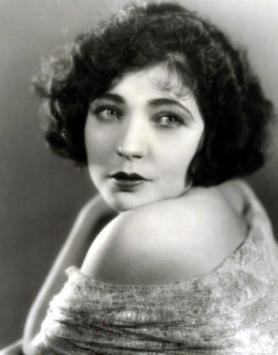
Adorée died there on 5 October 1933 in Tujunga, California. She is interred in the Hollywood Forever Cemetery, Hollywood, California. Adorée left an estate valued at $2,429. The only heir was her mother, who lived in England. No will was found.
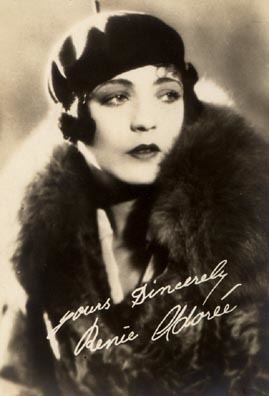
For contributions to the motion picture industry, Adorée was honored with a star on the Hollywood Walk of Fame at 1611 Vine Street.
